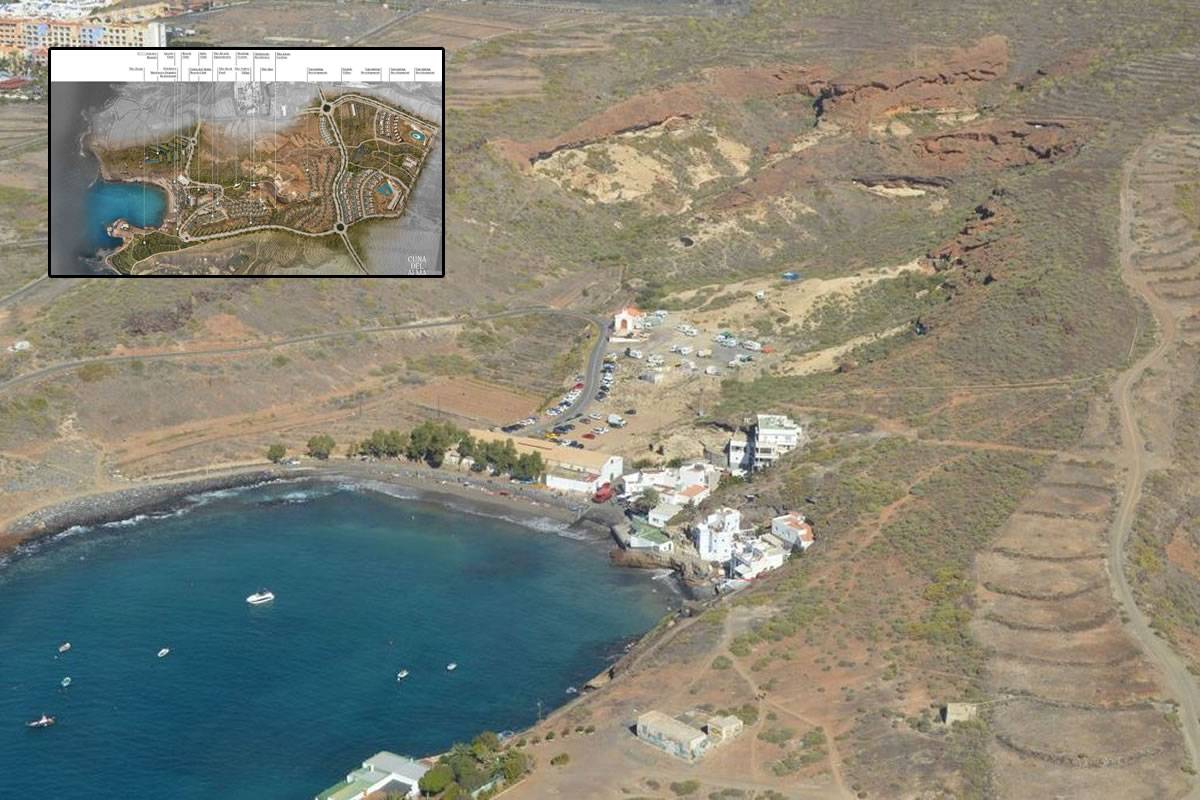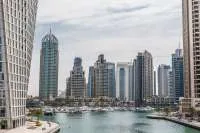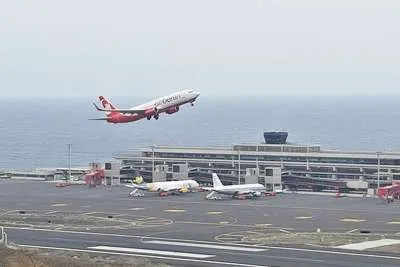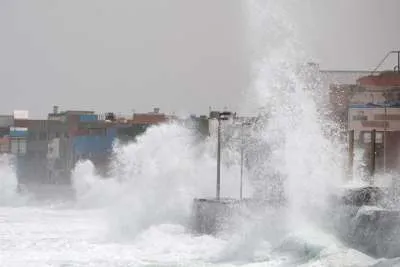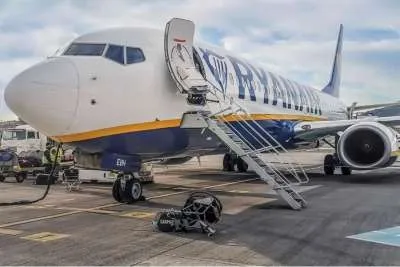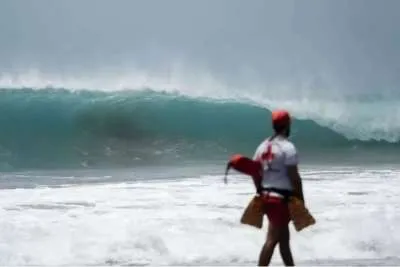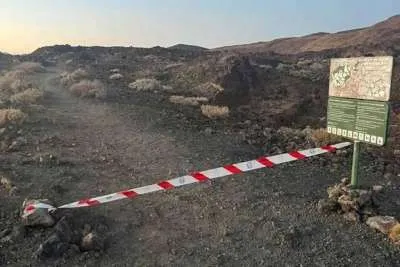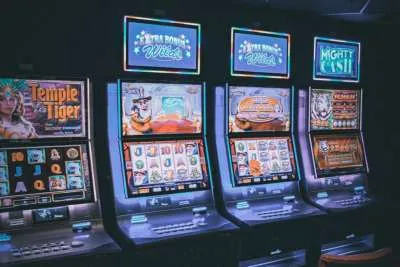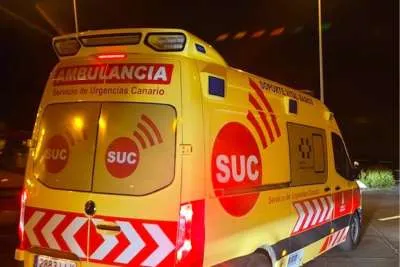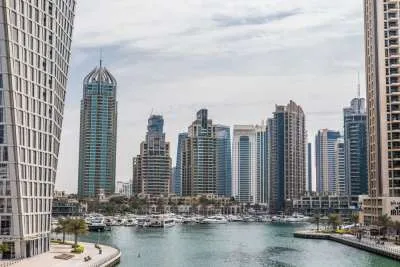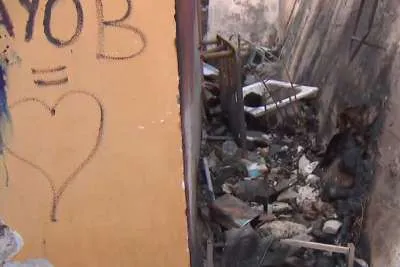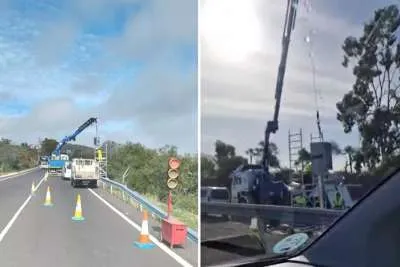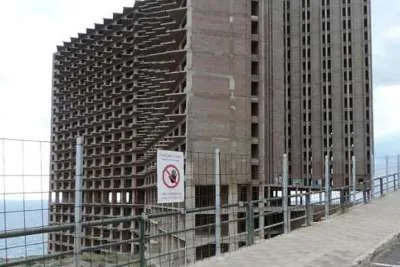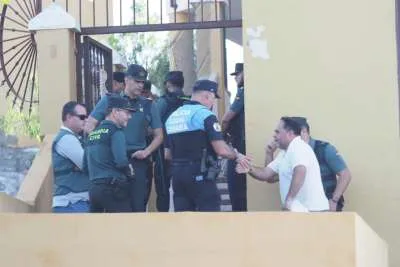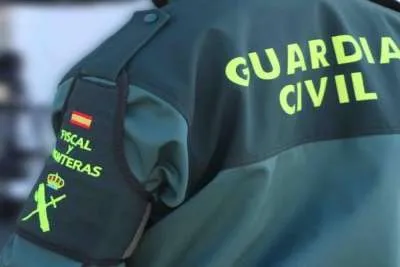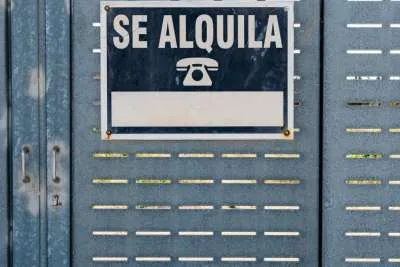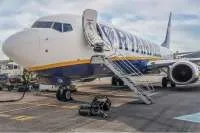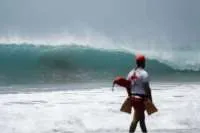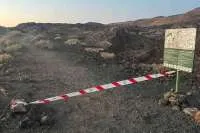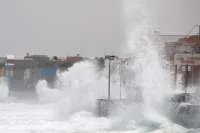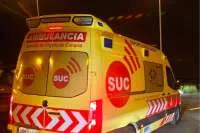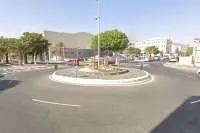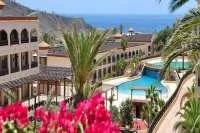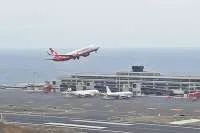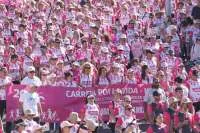Cuna del Alma have their say about the new construction in Puertito de Adeje
- 19-08-2022
- Business
- Canarian Weekly
As activists managed to stop construction work at the Cuna del Alma development site in Puertito de Adeje again yesterday (Thursday), the promoters of the project have been in touch with the Canarian Weekly directly, to have their say and clarify a few points regarding the new macro-tourist resort.
Here's what they had to say about Cuna del Alma: a new sustainable tourism model:
Tenerife is advancing towards a model of sustainable tourism that is respectful of the natural environment while at the same time committing to diversifying what is available to tourists on the island, in order to offer a first-class experience in close connection with nature, an ever-increasing requirement among travellers.
The new Cuna del Alma project in Puertito de Adeje aspires to be a benchmark for the sustainable tourism model in the Canary Islands. Located in a remote area of the southwest coast of Tenerife, it is an accommodation proposal focused on the community of new generation of travellers, with environmental responsibility, who want to get away from overcrowding and generate less waste.
The Cuna del Alma project, which is included in the General Plan for Adeje and in the Tourism Plan of the Cabildo de Tenerife, seeks to urbanize the building land in the area. An action that includes the recovery of the original Puertito beach, the construction of the relevant road network, and the development of tourist facilities, specifically apartments and villas.
It has been devised from a perspective of environmental respect and integration with the landscape, covering an area of 500,000 square metres of land, but less than a third of this is being developed, 136,000 square metres.
The name Cuna del Alma, 'Cradle of the soul', has been chosen for sensitivity to the area. It has been designed from a perspective of environmental respect and integration with the landscape, since the area in which the complex is being built has suffered significant deterioration in recent years due to human action. This project, therefore, aims to recover the soul of this emblematic place in the south of Tenerife, enhancing its natural characteristics.
It includes beach apartments, houses and villas, and it has been decided to reduce by half the total number of beds it could house, with only 1,800 of the permitted 3,600 being developed.
Sustainable tourism model:
The preservation and respect for the flora and fauna of the area is a commitment of the promoters and an obligation to the people and the island of Tenerife.
The beach has been affected in recent years by the construction of a warehouse for the export of tomatoes and by the construction of a wall that has cut off the original beach.
Along these lines, Costas are working on the recovery of this space, to eliminate all the concrete walls erected against the current law, with the aim of demolishing two thirds of the warehouse and keep the remaining third for an ethnographic museum that will show the original agricultural activity of the area. An example of the involvement of the project in the care and dissemination of issues related to the culture and society of Tenerife.
The project aims to respect the natural environment, leaving, in addition, areas of enjoyment and recreation for the public use of those who wish. This complex, made up of villas and apartments, not only seeks to guarantee the maximum preservation and integration with the environment of this area of the Island, but also positions itself as a diversification of the tourist hotel offer that Tenerife has towards quality tourism, promoting one of the main socioeconomic engines of the Island and the Canary Islands.
For this, the development of this project, as well as its subsequent maintenance and management, will create around 750 jobs, directly and indirectly. In this sense, the initiative already has the involvement of more than a dozen archaeologists, environmentalists, biologists and landscapers, among other professionals, many of them originally from the Island and from Puertito itself, so they are well acquainted with the reality that surrounds the area.
Respect for the environment and integration with the surroundings:
Nestled in the volcanic landscape of southern Tenerife, Cuna del Alma seeks to be respectful of the natural environment in which it will be located, preserving its conservation and also improving citizen access to the beach area.
Every day more accommodations are demanded that are concerned about reducing the carbon footprint, and other factors are taken into account when organizing a vacation to make it more sustainable. To do this, this project is designed for a first-class type of traveller who moves away from the concept of the masses, who is aware of and committed to, sustainable tourism and who is looking for a destination that combines authenticity and excellence.
A concept that respects the ecosystem, with minimal impact on the environment and local culture, and that economically seeks to generate employment and income for the native population, in addition to improving services in the area.
Commitment to flora and fauna:
The proposal also includes a recovery program and the creation of a marine classroom, to help protect turtles, a species that can no longer be found in the area due to the condition caused by the uncontrolled presence of boats and human pressure to over the years.
In this line of environmental respect and preservation of the area, the initiative does not affect in any way the Site of Scientific Interest of La Caleta, since it is outside the scope of action where the project will be developed, in compliance with the General Management Plan Urban planning of Adeje.
The project team is already working on this line, which is protecting and recovering up to a thousand plants of these species, which are being transplanted to a nursery to later be able to repopulate different plots of Puertito.
Protection of homes in El Puertito:
The project also guarantees the safeguarding and protection of the historic settlement of the 20 houses of El Puertito. According to the president of the Neighbourhood Association, Mariluz Galindo, who is in favour of the project, states that "most of the neighbours are calm and are not opposed to carrying out the tourism project since they are aware that it will improve the environment, houses will be respected, services will be improved, and public spaces currently invaded by illegal settlements will be recovered.”
Cleaning of the ravines:
One of the fundamental pillars of the project revolves around the recovery and rehabilitation of the ravines that have suffered significant deterioration over the years due to illegal occupations and camping, turning this area into a particularly hard-hit area.
To do this, the initiative aims to undertake cleaning, sanitation, collection of tons of rubbish, and removal of debris and accumulated waste, which in addition to providing security to the environment, will value the free use of this public space, as established by the planning, and satisfying one of the demands of the locals, who will see the environment and its habitability improved, at the same time.
The project, therefore, does not affect any of the species that inhabit the area, such as the curlew, which, according to reports from the regional Executive, is a species that nests in the Area of Scientific Interest of La Caleta and not on the plots where the complex will be built.
In this sense, the main tourist and social attraction of the area is the landscape, but it is currently the most fragile and deteriorated, so the initiative aims to serve as a tool when it comes to ensuring the replacement of natural resources and the protection and biodiversity conservation.
With the aim of facilitating the adaptation of wild species to the new environment, provisional drinking fountains and nests are also being installed, actions that are being carried out in accordance with the reports issued by the Environmental Body of the Government of the Canary Islands.
The developer also provided the Heritage Assessment in 2018 to the Adeje City Council, which, in turn, sent it to the COTMAC of the Government of the Canary Islands, which approved it and considered that the historical heritage analysis requirement had been exceeded.
In 2018, COTMAC approved the Environmental Assessment and its corresponding ISA, Environmental Sustainability Report corresponding to the Planning presented. All claim deadlines and public information periods were opened and not a single allegation was registered by any public or private body or environmental platforms.
Eco-friendly materials and efficient resource management.
The developer is collaborating to help clarify the situation of the remaining 2% of the land, trusting that, as soon as possible, the situation will be clarified in order to continue with the planned works.
The approved project complies with current legislation. It has gone through all the processing, including the presentation of the patrimonial study, guaranteeing that its execution complies with all legal requirements.
All the technical, urban and environmental impact reports from the City Council, Cabildo, Government of the Canary Islands, Coasts, Insular Water Council and COTMAC are favourable.
After the resolution of the Insular Directorate of Territory Planning and Historical Heritage, work is resumed on 98% of the plot, while the precautionary suspension of the remaining part is maintained, pending the pronouncement of the General Directorate of Cultural Heritage of the Government of the Canary Islands.
Regulatory compliance:
The precautionary measures of the Cabildo de Tenerife only affected 2% of the work, so the work will resume on 98% of the plot. The promoters want it to be a benchmark for sustainability. The buildings will be certified according to the best international practices by independent organizations such as GREEN or LEED.
A commitment to landscape improvement and public infrastructure:
'Cuna del Alma' also includes important improvements in the area, both in terms of landscaping, services for residents, and infrastructure for public use.
With regard to infrastructure and services in the area, it entails the execution of a complete network of sanitation, electricity supply, water and telecommunications.
New pedestrian walkways will also be built and it is planned that one of the plots near the beach will have a public car park with 150 spaces.
For low-rise buildings, the use of respectful materials, efficient lighting, photovoltaic production or an irrigation system that respects the environment is contemplated, thanks to the use of water that comes from recycled water treatment plants.
It also implies the total recovery of the original space of the beach, which is in full public domain, eliminating all the existing concrete walls to make it larger and in full public domain. The sand needed to recover the beach will be totally natural and will come from the sand contributions of the tides.
Other articles that may interest you...
Trending
Most Read Articles
Featured Videos
A Vision of Elvis Tenerife Promo
- 10-05-2025
TEAs 2025 Highlights
- 17-11-2025


